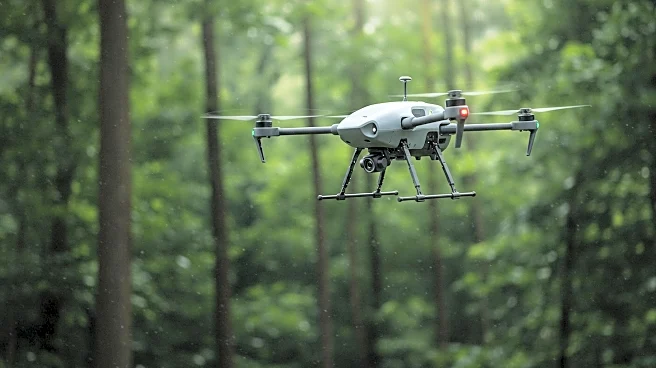Rapid Read • 6 min read
A new optical/electronic artificial skin has been developed to extend robotic sensing capabilities to include molecular detection. The skin integrates haptic and optical systems, allowing robots to perceive physical and chemical properties of objects. The design features a conductive mesh structure for physical response and optical fibers for chemical analysis, enabling robots to evaluate objects from diverse sensory perspectives.
This innovation represents a significant advancement in robotics, enhancing their ability to interact with and analyze complex environments. The integration of molecular sensing could lead to applications in medical diagnostics, environmental monitoring, and smart agriculture, offering new tools for precision and efficiency in various industries.
AD
The artificial skin is poised for further development and integration into robotic systems, with potential applications in healthcare for non-invasive diagnostics and in agriculture for monitoring crop health. Continued research will focus on improving the skin's sensitivity and durability.
The development of such technologies raises ethical considerations regarding privacy and data security, as robots gain the ability to sense and analyze biological and chemical information. It also prompts discussions on the future role of robots in society and their impact on human labor.
AD
More Stories You Might Enjoy










